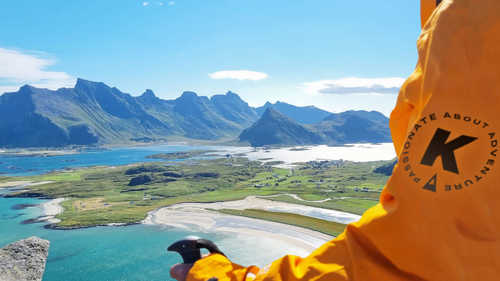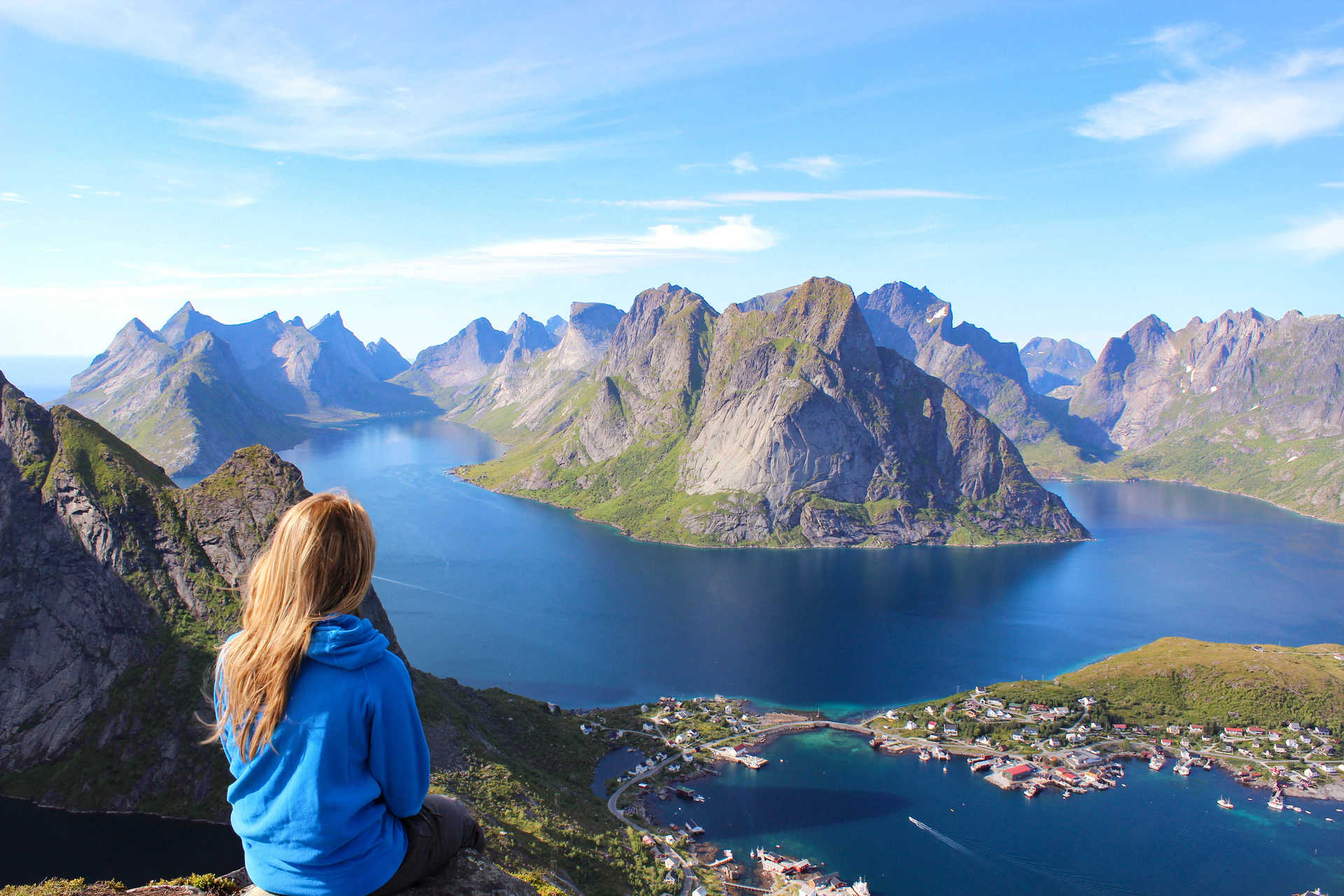
Top 7 Lofoten Islands Questions Answered
Travel Advice

We recommend:
No cotton (see below)
Bring dry spares of everything,
including underwear and gloves
Wear multiple layers including:
1. A warm breathable base layer
2. A second thermal layer
3. Wind and waterproof
protective outer layers
(we provide an additional
quality jacket and over
trousers.)
Our guides are highly
experienced and should the weather look too dangerous to head out in we will explore
on foot rather than in our boats.
Should a capsize occur our
guides are highly trained in rescue and recovery so you will be I very safe
hands!